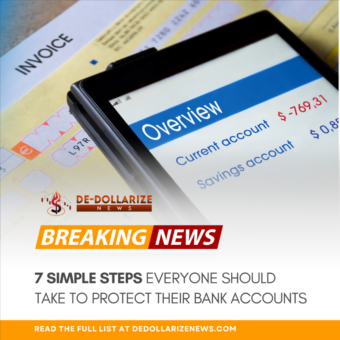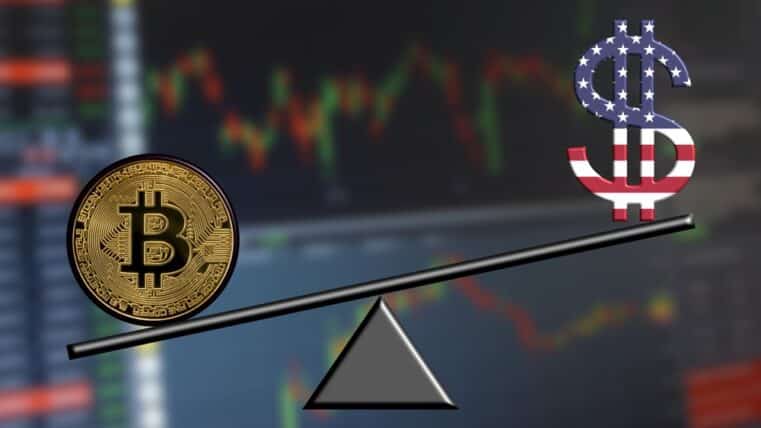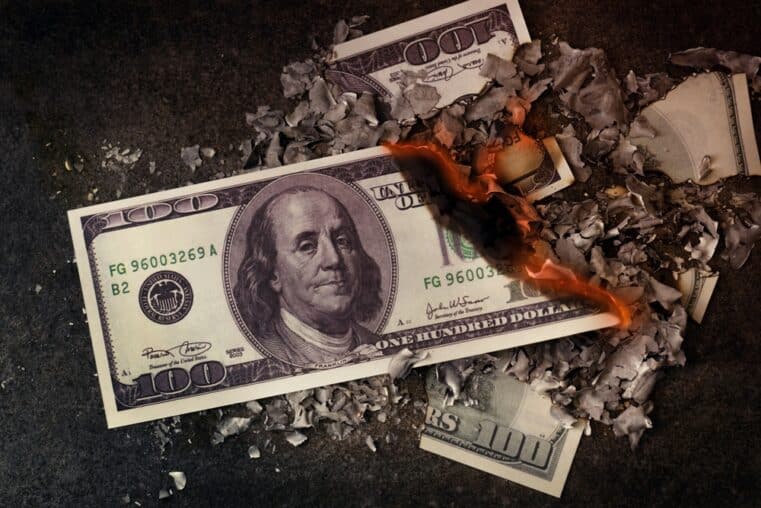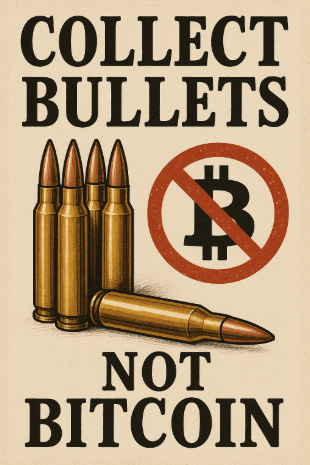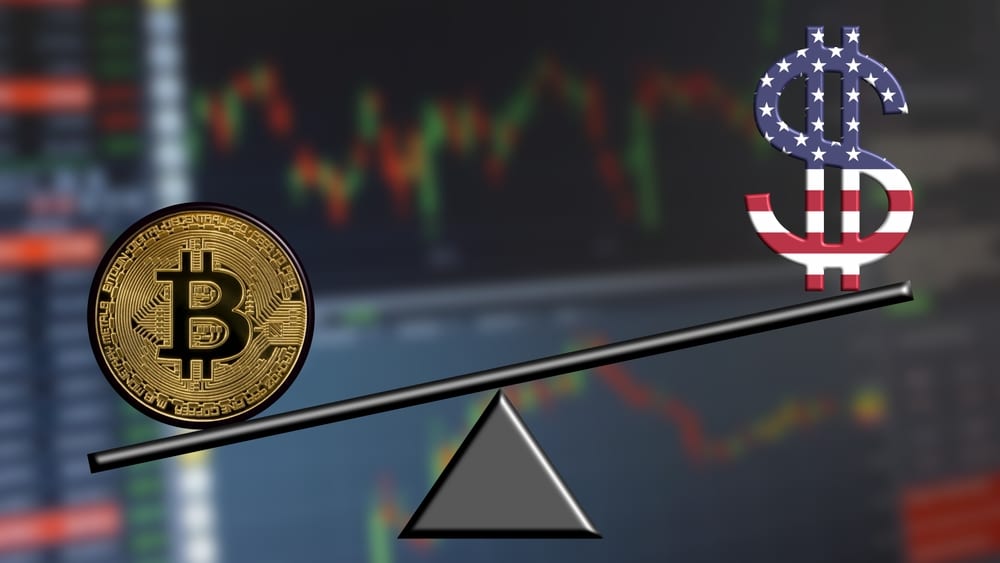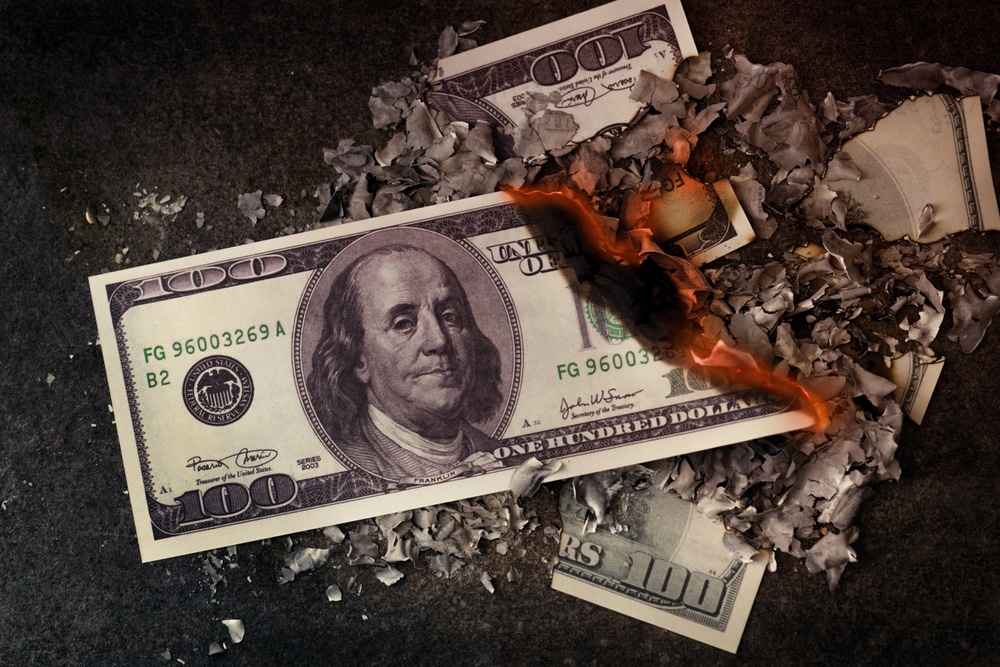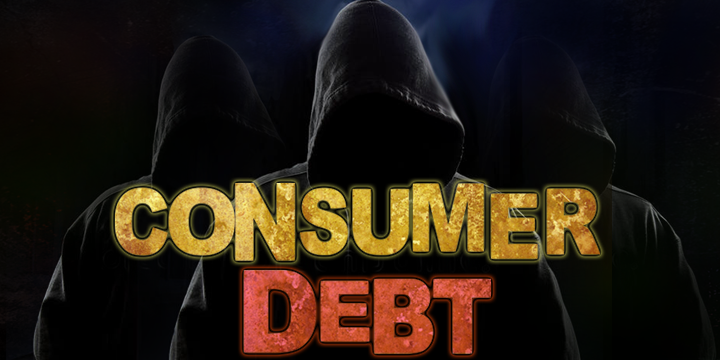
Here’s Where the Next Debt Crisis May Occur
There’s another debt crisis on the horizon. Media hasn’t given it enough coverage. Most investors are unaware of it.
Opportunities and crises always start where nobody is looking. Well, here’s one potential flashpoint for the economy that most people are missing.
This image shows the US consumer non-mortgage debt level as of December 2017.
If we break this down, it will show that US households have:
- $1 trillion in credit card and other revolving debt.
- $1.3 trillion in auto loan debt.
- $1.5 trillion in student loan debt.
A total of $3.8 trillion, US consumer debt levels have never been higher.
Delinquencies are also picking up. Banks have already begun increasing their bad debt provisions to brace for the rising defaults. Illustrated below is the trend of net charge off rates; the highest in years.
If you are curious as to how these charge off rates correlate to interest rate hikes, take a look at the “cycle” indicating an upward trend starting in 2016, when the Fed once again began modestly hiking rates.
You’ll notice below that the net charge offs have risen gradually. Why is that? After the 2008 financial crisis, the larger US banks responsible for issuing credit cards focused mainly on “prime” consumers. The result, in addition to the low interest rate environment, was an extended period of low charge off rates.
But here’s what this data doesn’t so tell you: While larger banks’ net charge off rates are rising gradually, from 3.6% toward the end of 2017 to 4% by the end of last year, smaller banks are experiencing a surge in net charge off rates.
And the rates, at 7.9% match those of the period leading to the 2008 financial crisis.
This means one thing: if you want to know where the next consumer credit crisis is going to begin, focus your attention on the smaller banks.
You probably noticed, or didn’t notice, the lack of financial media coverage on this matter. After all, media tends to focus on the bigger numbers; the larger banks.
Perhaps this phenomenon is completely benign. Or perhaps it’s a precursor to a larger surge in net charge off rates among larger banks.
There’s really no way to tell. But you can look at the Bank Credit/GDP percentage to get a big-picture view as to how leveraged the financial system is today in comparison with 2008.
When the Fed tightens, the risk for charge offs and defaults increase. Rising interest costs plus lower credit standards (mostly due to competition) results in higher credit costs. Many consumers who have consolidated their borrowing have also turned around and increased that debt through refinancing.
Approximately 10% of banks have responded by tightening their credit standards. Interestingly, this happens to be the same level that, in the past, had brought an end to the last two business cycle expansions.
What are some factors that may exacerbate and increase the rise of consumer credit costs?
Weak Growth in Jobs and Wages: Growth in employment has been decelerating over the years (image from the Bureau of Labor Statistics)...
and wages have been growing at a subdued rate of 2 – 2.5%...
Meanwhile, the cost of healthcare, food, rent, and other necessities have been rising quickly. The result: personal savings rates have declined, as more people are going into debt to finance their spending.
Assurant Inc.’s CEO says it all in a statement dating back to 2017: “The reality is that half of Americans can’t afford to write a $500 check.”
Consumer Credit is at Record Highs: Consumer credit, currently a $3.8 trillion, has surpassed the 2008 peak by 45%.
More importantly, consumer credit accounts for 29% share of consumer income AND 19% of nominal GDP.
What this means: the American consumer is “drowning” in debt.
Healthcare’s Effect on Consumer Financial Obligations: Consumer Financial Obligations ratio has fallen overall; this most likely due to lower interest rates and mortgage balances. But that’s only true until you include the cost of healthcare.
Interestingly, US consumer confidence is at an all-time-high. Yet there’s a widening gap between household net worth and the “tangible” economy, as seen below.
So keep your eyes on the charge off rates at smaller banks.
For if another credit crisis were to emerge, small bank charge offs would be the flashpoint.

